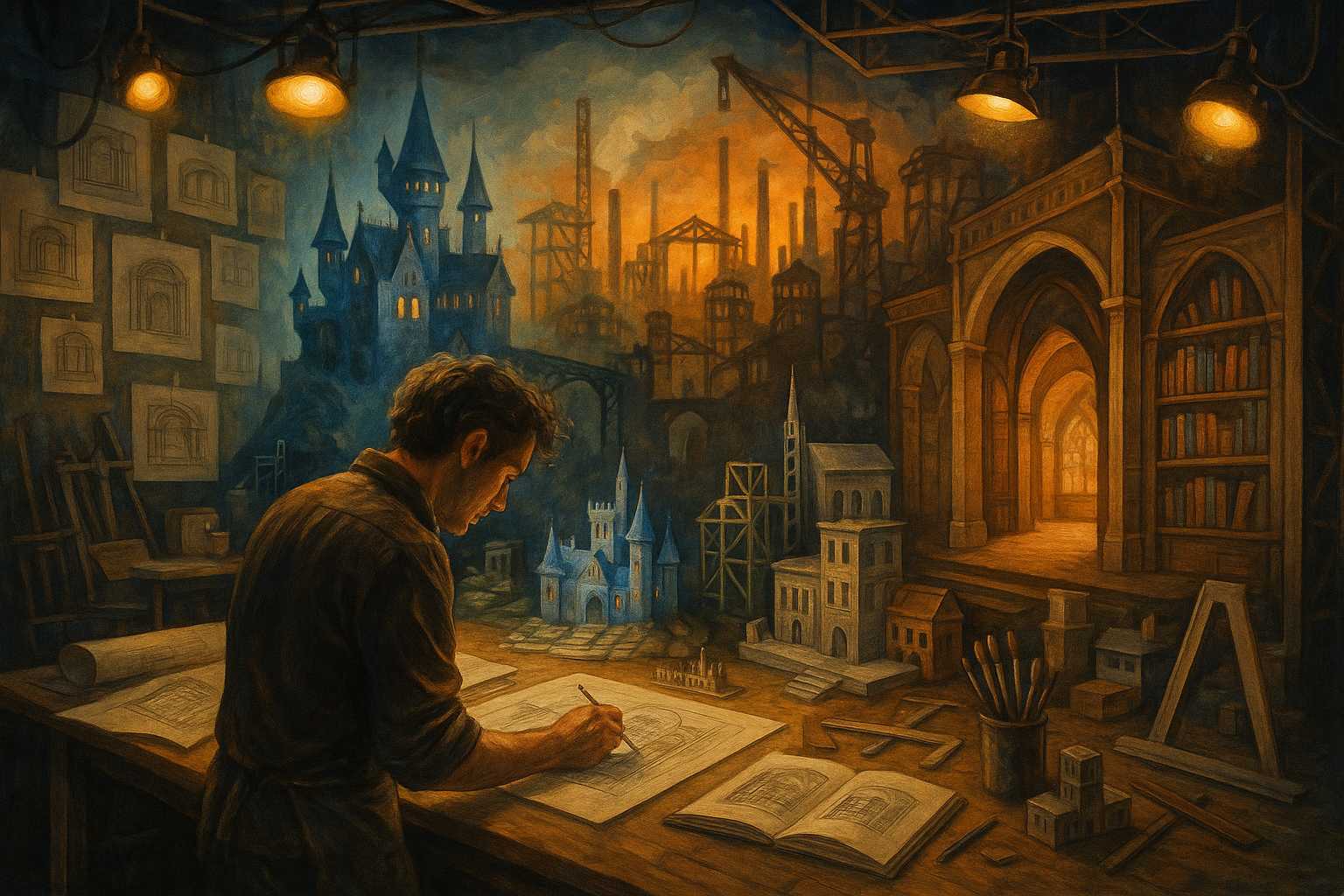When we think of the most unforgettable moments in theater and film, our memories often leap toward powerful performances, haunting musical scores, or clever cinematography. Yet, behind every scene that leaves us spellbound lies a world created by set designers—artists who transform blank spaces into immersive universes. Their craft fuses architecture, painting, engineering, and imagination into experiences that transport viewers far beyond their seats.
Set design isn’t just about aesthetics; it shapes the mood, guides the narrative, and deepens the audience’s connection to the story. Think of the industrial bleakness of “Les Misérables,” the magical whimsy of “Harry Potter,” or the dreamlike libraries of Wes Anderson’s films—each owes its atmosphere as much to the sets as to the actors or direction.
Set designers collaborate closely with directors and writers to realize the vision of a production. They sketch, model, and construct environments that both ground and elevate the story—a dilapidated attic, an alien planet, or a bustling city. The right materials, textures, and colors not only create specific worlds but also hint at characters’ inner lives and the passage of time.
In recent years, technological innovation has expanded what’s possible in set design. Digital backdrops, projection mapping, and augmented reality allow environments to shift seamlessly before our eyes, making transitions fluid and dynamic. While this expands creative horizons, it also emphasizes the enduring value of traditional craftsmanship. There’s a tactile magic in a hand-painted floor or a cleverly rigged collapsing wall—a testament to ingenuity and labor.
As immersive and interactive experiences become more common in both theater and film, set designers are increasingly vital collaborators, shaping not just what we see, but how we feel and move within storytelling spaces. Next time you’re drawn into a magical world on stage or screen, take a moment to appreciate the unseen hands and imaginative minds that built it, brick by (sometimes literal) brick.
— Monica


Leave a Reply